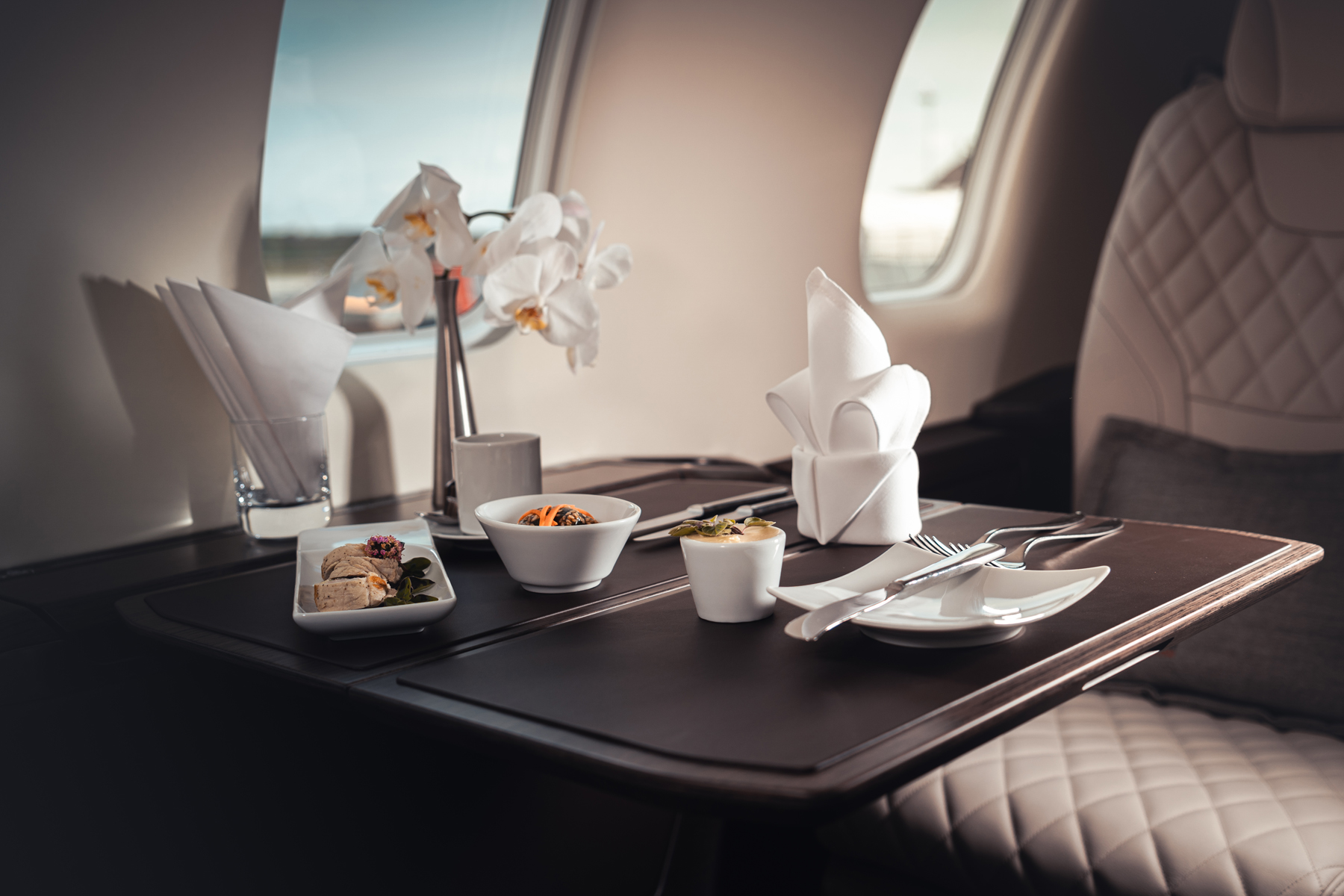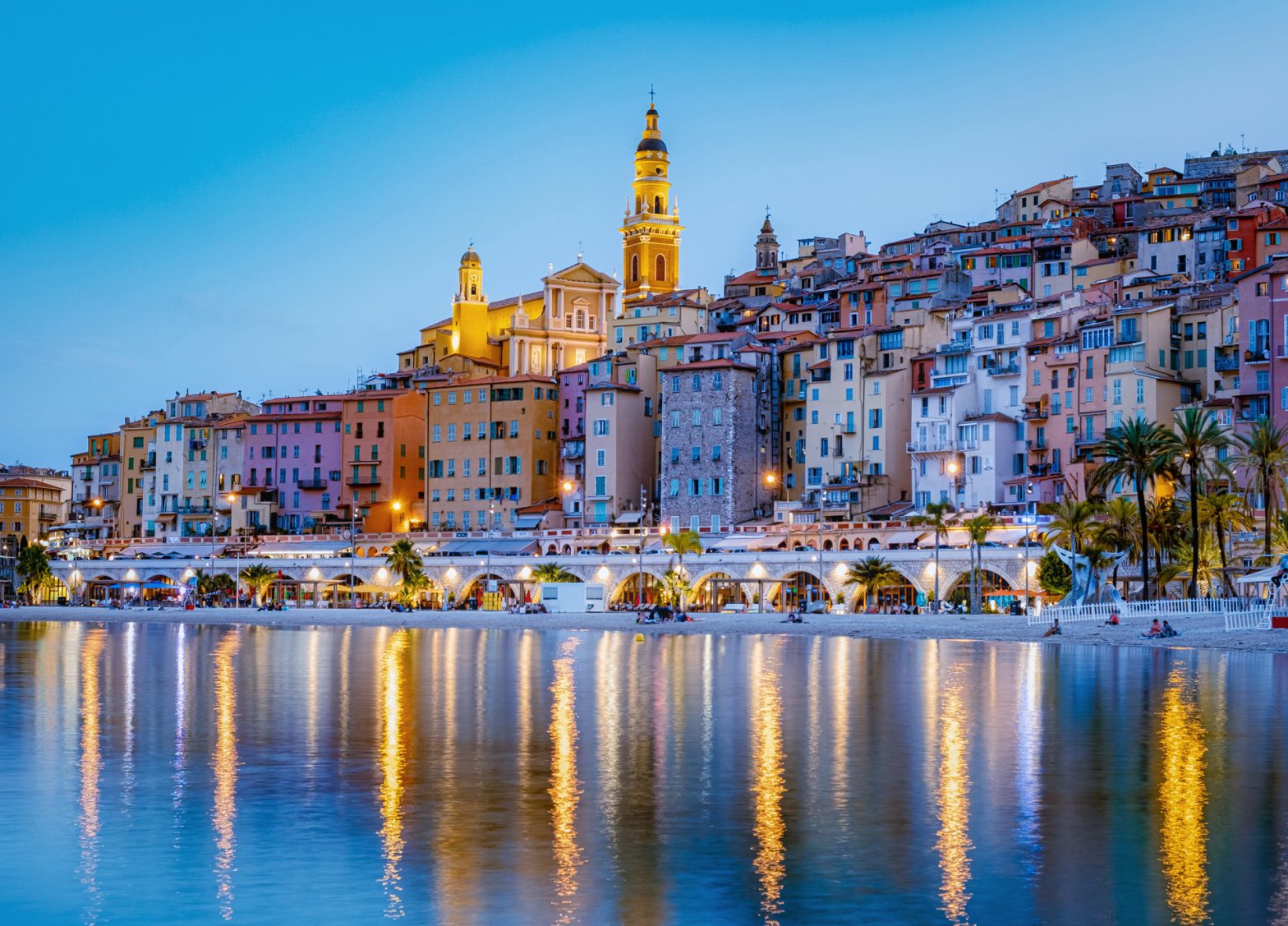
Jet Cards
Access without ownership: how Jet Cards are replacing fractional ownership.
Toby Hayton, Co-Founder of Atlas Jet Charter, explains the advantages of investing in a Jet Card vs. fractional ownership.
For the past 30 or so years, it has been outright ownership vs. fractional ownership dominating the private aviation landscape. Yes, chartering has also been a popular option but it doesn’t really give individuals much skin in the game. Far better you own a private jet outright, or since the 1990s, there has been another option: the opportunity to purchase a share in a private jet, most commonly one-eighth or one-sixteenth known as fractional ownership. It was a great alternative for several decades as your investment was lower, and gave you far greater fl exibility. However, in the same way leasing cars and phones has replaced owning them, streaming and digital have replaced physical CDs and DVDs, and software subscriptions have replaced boxed programs, the Jet Card has swept in over the past couple of years to replace fractional ownership in the world of private aviation. The common theme here is fl exible access without ownership.
Using the Atlas Jet Card as a leading example, at its core is a capped rate system whereby the agreed hourly rate is the maximum a member will ever pay, regardless of demand. If the actual charter cost is lower on the day, the diff erence is credited back to the member’s account, eff ectively banking more fl ying time for the future. This eliminates long-term commitments and the asset-management responsibilities that come with fractional ownership, such as depreciation, maintenance costs, and resale challenges.
One of the biggest appeals of Jet Cards is ease of use. Members can book fl ights with 72 hours’ notice (often even less), enjoy guaranteed aircraft availability, and avoid the unpredictable costs of on-demand charter. In contrast, fractional ownership often ties members to specific fleets and comes with scheduling restrictions, monthly management fees, and exposure to fl uctuating market values when selling back a share.
Financial flexibility is another driver of the shift. In an era where individuals and companies increasingly value liquidity, the idea of tying up millions of dollars in an illiquid asset feels outdated. An Atlas Jet Card requires a minimum buy–in of twenty-fi ve hours -starting from between €140,000 – €390,000 pending aircraft category —making them far more accessible. Members enjoy the luxury of private aviation without the long-term fi nancial entanglements of ownership.
Additionally, service personalisation has elevated the Jet Card model. At Atlas Jet Charter every Jet Card member is paired with a dedicated Client Manager to ensure each journey is seamless, personalised, and stress-free. We also off er the ability to interchange between aircraft categories at any time, simply paying the capped rate for that tier, and if the fl ight comes in at the current rate or lower, members pay no penalty and still keep the savings. This ability to customise without being tied to a single aircraft type or operator has proven attractive to modern travelers.
As private aviation adapts to the expectations of convenience-driven, asset-light consumers, Jet Cards have emerged as the clear successor to fractional ownership—delivering freedom, predictability, and value without the strings attached.
More insights

Opinion
Private aviation catering, the need to knows
Private aviation catering,the need to knows Does the aircraft type alter what I can be served? A simple answer is yes; On Very Light Jets (4 seats) up to Super Light Jets (8 seats) there is no full galley (kitchen) so service tends to be snacks and small plates such as cold platters of fruit, […]

Destinations
French Riviera: the most discerning of destinations
French Riviera: the most discerning of destinations Why fly privately to the French Riviera? One of the main reasons Atlas customers travel to the French Riviera is to visit 3 of the main ‘jet set’ destinations. These include; Monaco, Nice and Cannes. Situated at and to the east of the point where the Alps meet […]
Got a question? Talk to our experts.
Call on +44(0)204 519 7785